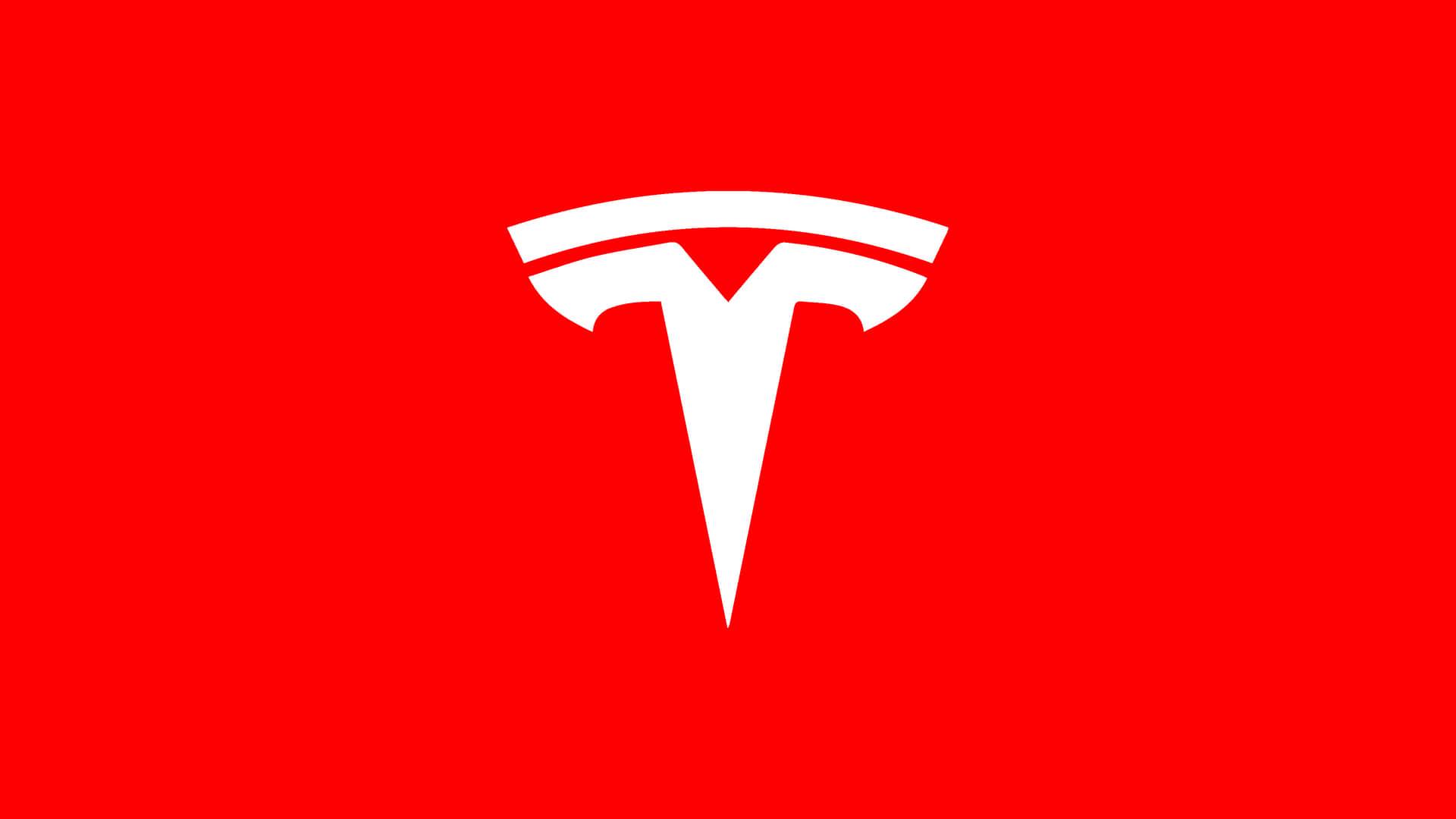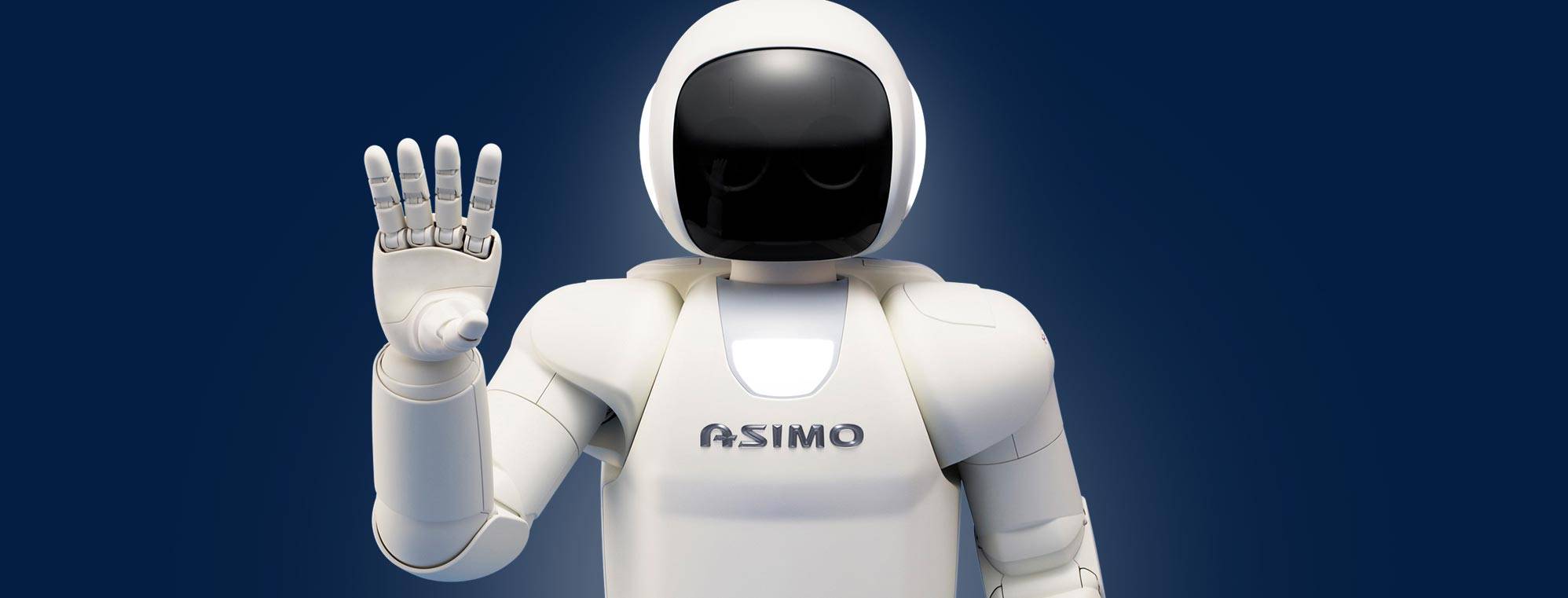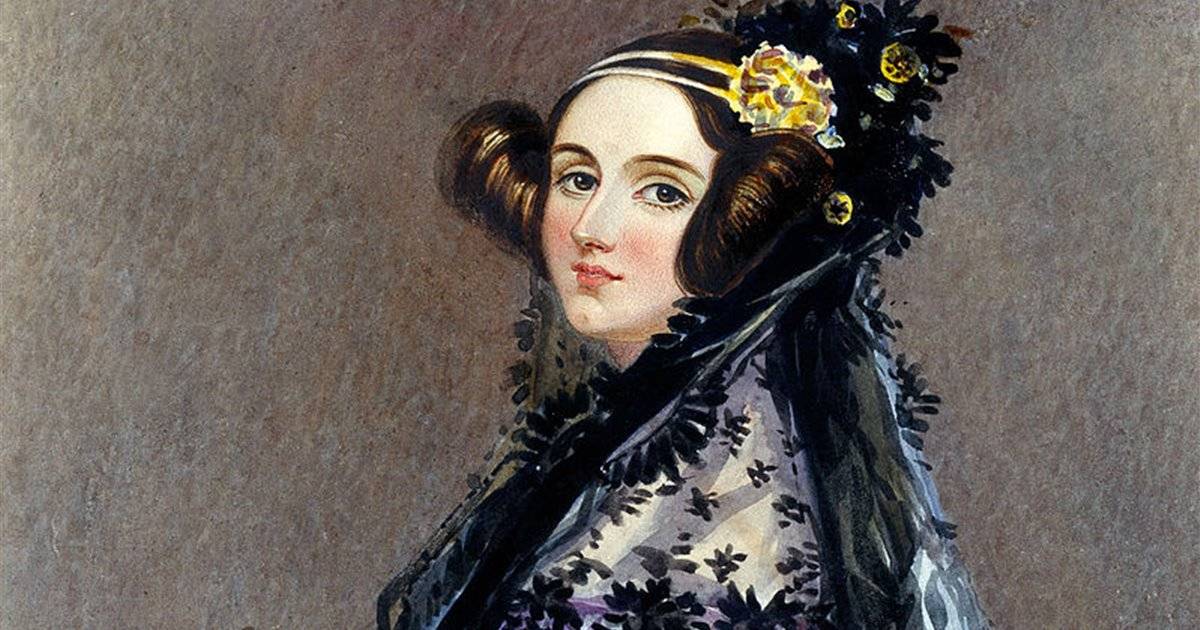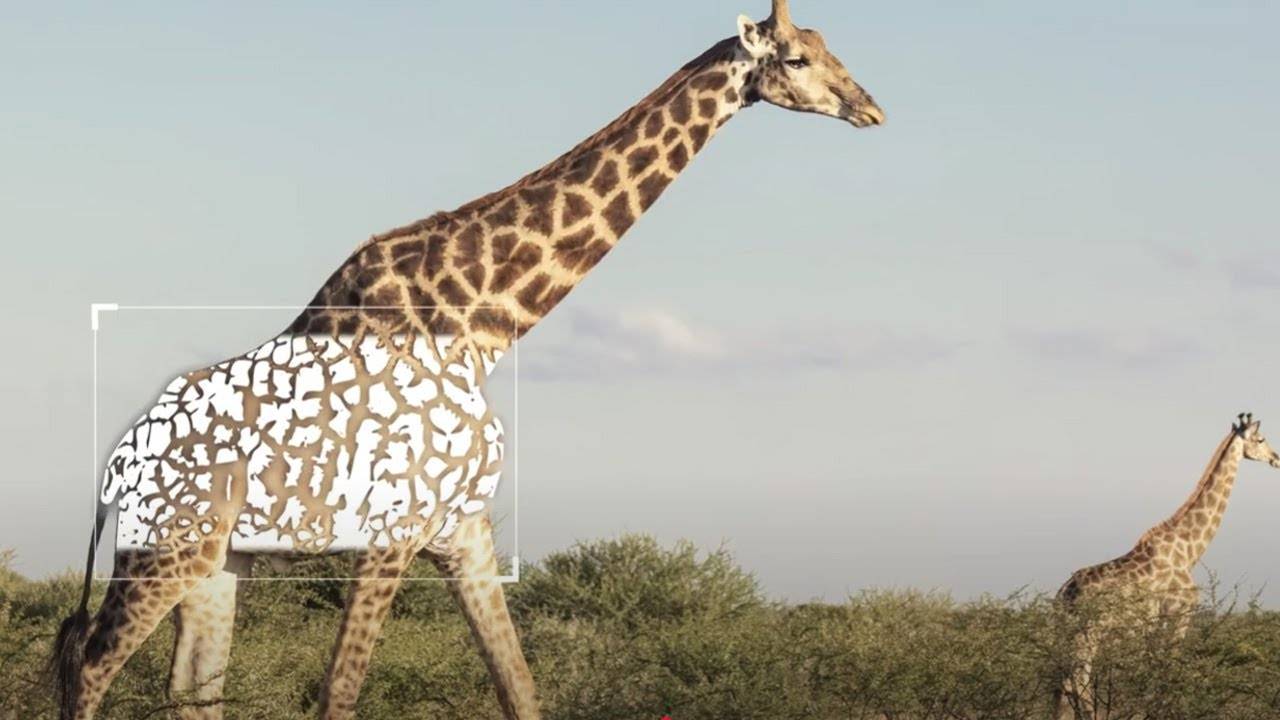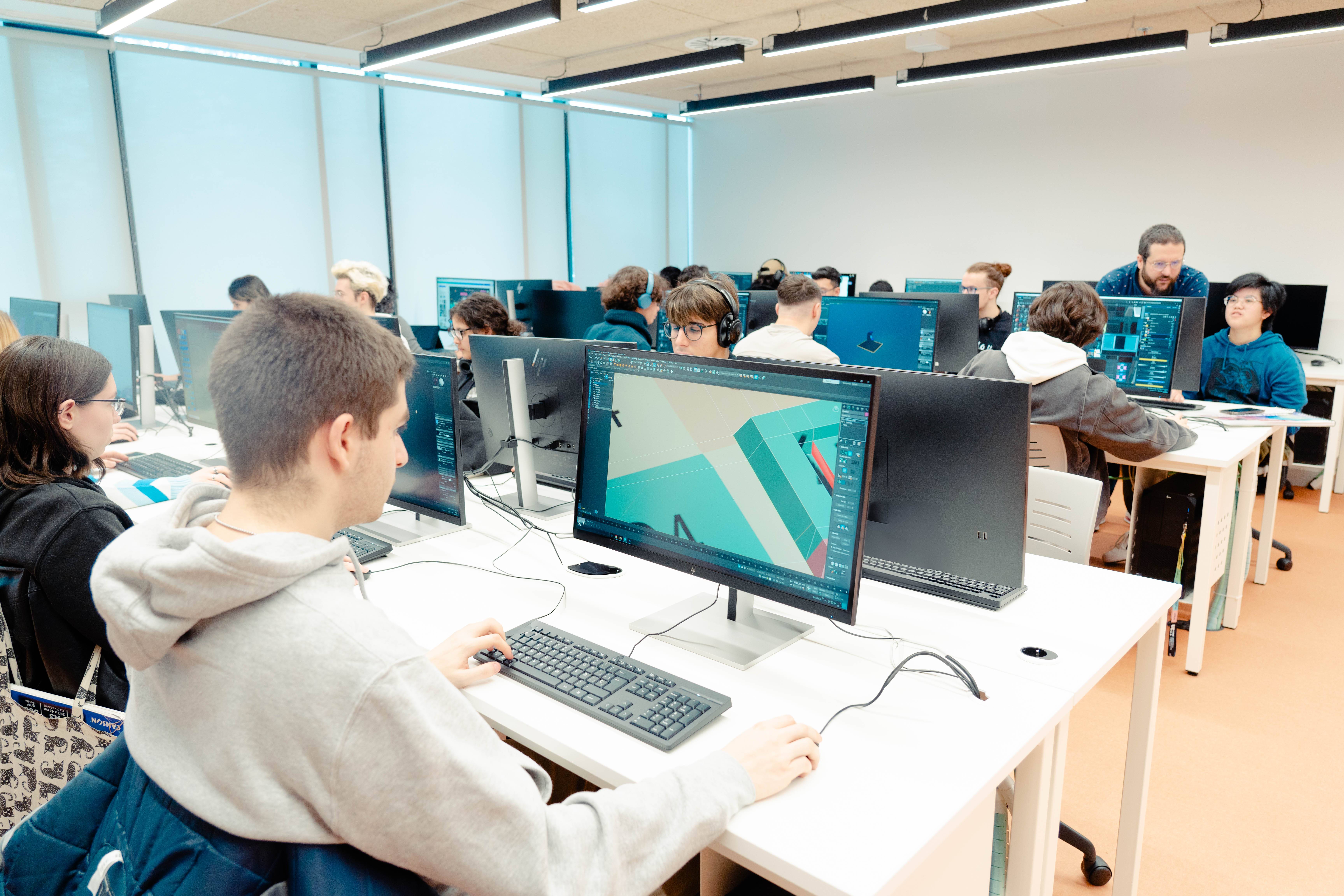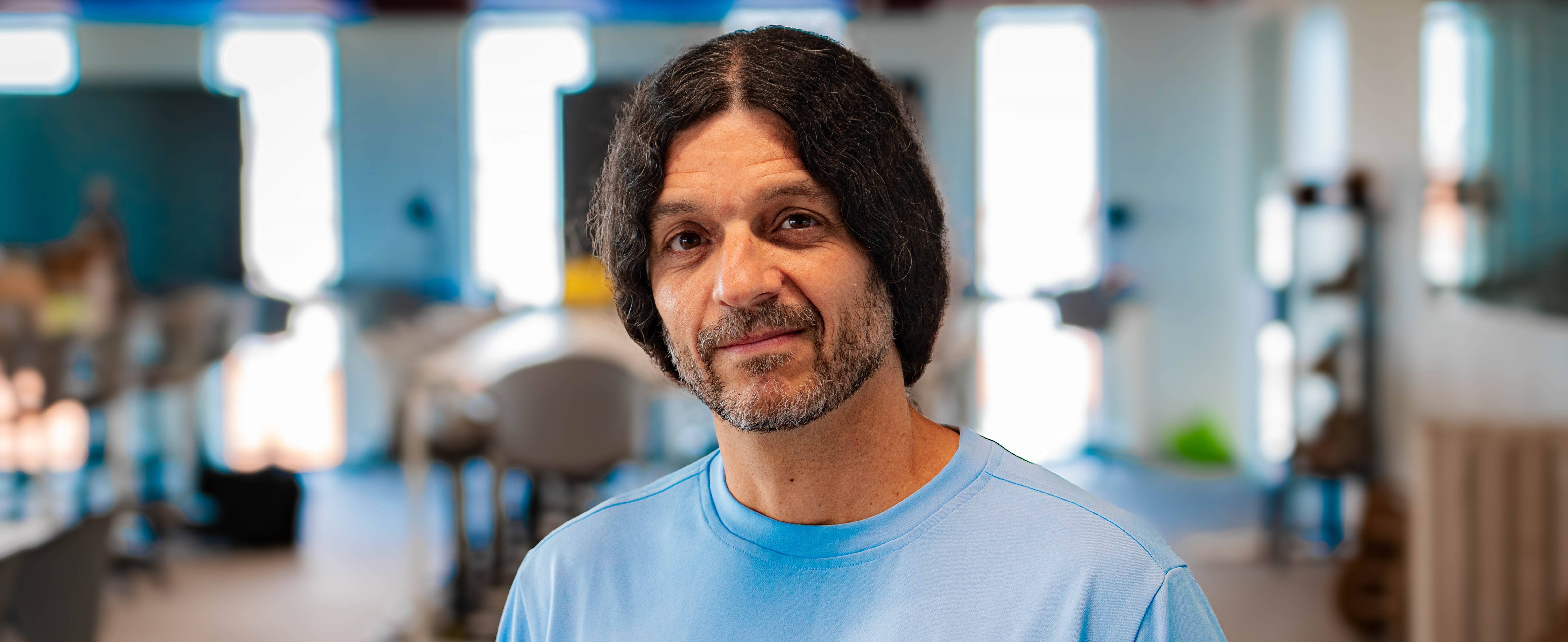Tesla and Optimus: the vision of Elon Musk
Admired by many, hated by many others, Elon Musk has become one of the most important names of the 21st century in his own right. His undoubted merits include having revolutionised the car industry with Tesla and its electric vehicles, leading a new space race with SpaceX and Starlink, and investing millions of dollars in research to develop Neuralink, neural implants that could help people with paralysis to control electronic devices with their minds.
But Elon Musk is not content. One of his most ambitious projects is "Optimus", a humanoid robot that, according to the billionaire, could transform the global economy by drastically reducing labour costs in industrial sectors, taking on the heaviest and most repetitive tasks.
Musk first presented his vision at Tesla Day in 2021, in what were then little more than outlines. Completed for design and production sometime this decade, Optimus would be a robot approximately 1.73 metres tall and weighing 56 kg, with a lightweight, flexible frame.
Equipped with the same computer vision and neural processing technology as Tesla's cars, this robot would ideally be able to walk, lift objects and perform all kinds of tasks, both in industry and in a domestic environment.
Journalists and experts had the opportunity to see Optimus' progress just one year later. At the second Tesla AI Day in September 2022, a working prototype of Optimus was demonstrated. The robot walked across the stage and performed basic arm movements. Although many expected more and criticised the "unimpressive" nature of Musk's robot compared to other solutions adapted to specific use cases (e.g. the robots developed by Boston Dynamics), experts such as Enrique Dans did see a promising future for "humanoid robots" in Optimus.
"Should a robot have a form factor similar to that of a human being? What does a Tesla robot that barely manages to take a few hesitant steps have to offer when we are already sick of seeing robots from companies like Boston Dynamics dancing or doing parkour? According to Elon Musk, the question is to understand the difference between a robot that is programmed to do a specific set of things and one that understands the context and is able to interact with it, as an autonomous or semi-autonomous vehicle would, that can do useful things without being specifically instructed to do so, and that can be manufactured on a large scale to produce millions of units.
Over the next year, Tesla went to great lengths to demonstrate the extent to which Optimus was developing new and innovative capabilities, such as performing complex hand and arm movements, sorting different coloured blocks, or holding certain yoga poses, and this was accompanied by the announcement of a new generation of Optimus (Gen2) that would incorporate generative artificial intelligence capabilities.
It made sense if you think that in the same year, Musk founded xAI, a new company that was born with the aim of developing advanced artificial intelligence to accelerate scientific discovery and deepen our understanding of the universe... and whose most obvious manifestation for the average user is "Grok", a chatbot integrated into X (formerly Twitter) and which in certain aspects competes with models such as ChatGPT.
The union of both worlds would materialise in the most spectacular event Elon Musk has organised to date: "We, Robot" (October, 2024). During the event, where Tesla presented a prototype of its autonomous "taxis", a group of Optimus robots interacted with attendees, serving drinks, dancing and engaging in conversations in a natural way.
Although the entrepreneur explained that all of these robots would soon be ready for a huge variety of tasks (from "working" in a factory to "babysitting"), it was leaked to the press that many of the interactions were being controlled by human operators, making the show that much more spectacular... and somewhat disappointing.
This is not to say, however, that Optimus has not progressed in the last year. In various videos, we have seen it walking smoothly on uneven terrain,interacting with people in a semi-autonomous (human-assisted) way, or catching a ball on the fly, which, although it is true that it has also required the help of an employee, is a more than remarkable advance in this field.
Despite the constant delays in his delivery promises, something that is already characteristic of Musk's projects, his vision and drive are driving the development of revolutionary technologies. While Optimus may take longer than expected to become an everyday reality, its potential impact on industry and society continues to raise expectations and open new doors for research and development in the field of humanoid robotics.
Read more about service robotics
What is the difference between human-centered robotics and industrial robotics?

